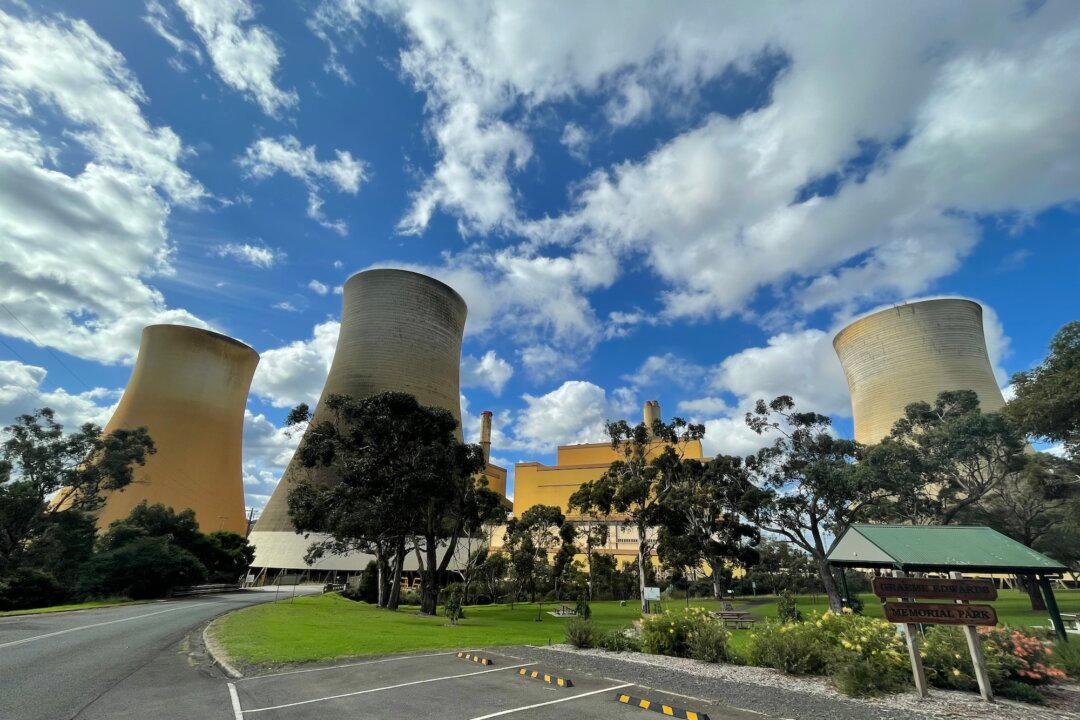The boss of one of Australia’s largest energy retailers has called on state governments to build up coal generation reserves to prevent energy shortfalls from the rapid net zero transition.
This comes after the Australian Energy Market Operator (AEMO) released a new 2024 roadmap predicting that all coal-fired power stations across the country could cease operation by 2038, five years ahead of the previous forecast.





